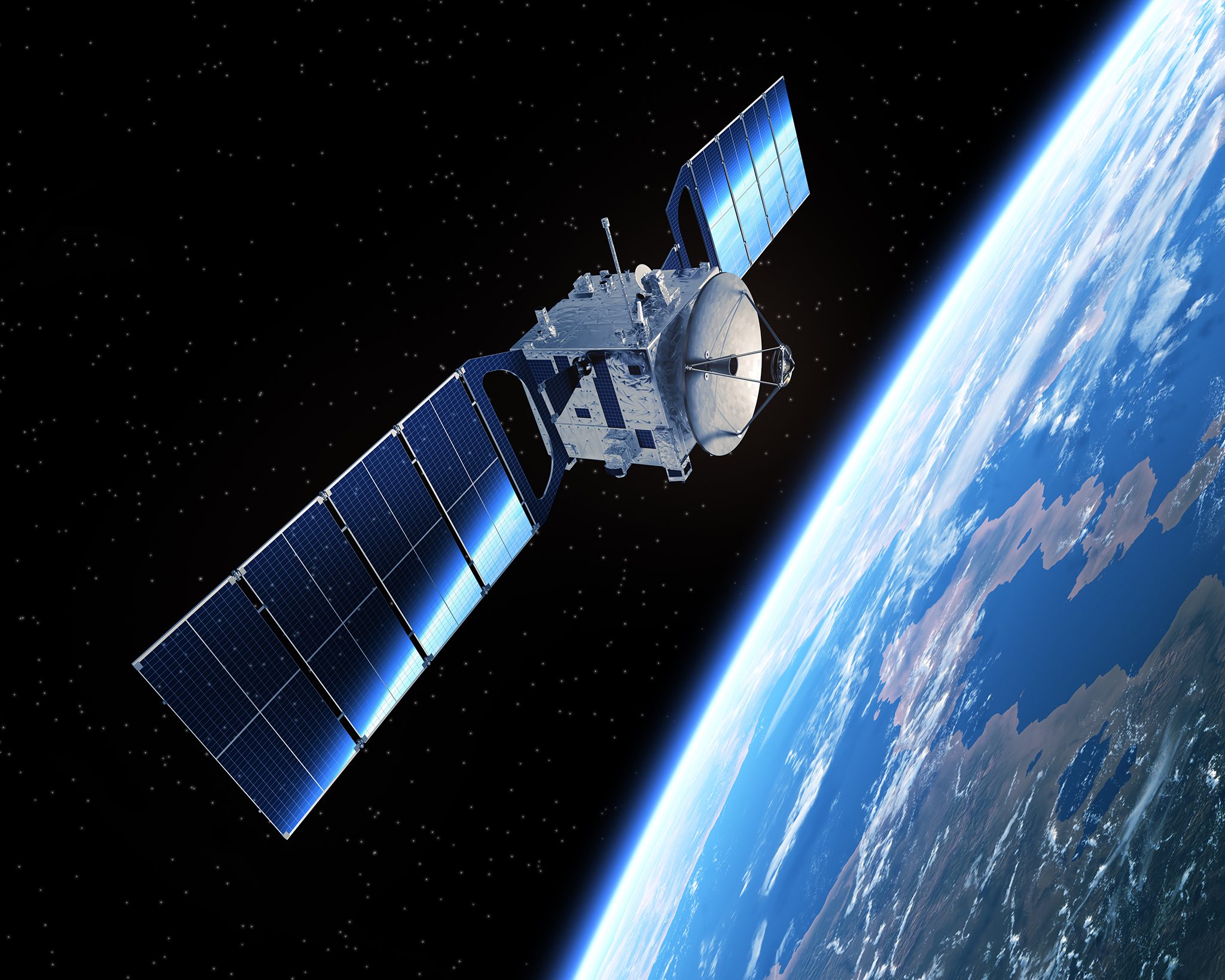Starlink Commercial Service Seems to Be Slight Threat to Rural Providers
Randy Sukow
|

Low Earth orbiting (LEO) satellites could create a major change in the world’s broadband marketplace. Most attention is now on SpaceX’s Starlink network, which is deploying small satellites in non-geostationary orbits at a rapid rate and currently has more than 700 satellites circling the earth, according to a recent update (PDF) to the FCC. As Starlink moves closer to covering the globe with broadband service, however, it seems increasingly unlikely that LEO networks will affect the growing need for fiber-based connectivity in rural America.
SpaceX told the Commission that it “will begin high-speed commercial broadband service to remote and rural users this year, a mere two years after being licensed to operate by the FCC.” But it will begin service with a fraction of the eventual 4,409 satellites it plans to launch. The company reports that it is manufacturing new satellites at a rate of 120 per month. The latest Starlink launch on Sept. 3, the twelfth so far, deployed 60 satellites.
As rural broadband providers invest in fiber optic networks to support landline, fixed and mobile wireless broadband, the direction of satellite technology matters. But the idea that satellite systems, even low-latency systems, could solve broadband coverage gaps in all rural areas appears to be less likely.
In fact, SpaceX founder Elon Musk was quoted in LightReading last March saying that “Starlink is not some huge threat to telcos. I want to be super clear. It is not.” He said that he foresees LEO services covering very remote and rural areas and filling mobile broadband needs in areas 5G networks will not reach.
“Starlink will effectively serve the 3 or 4 percent hardest to reach customers for telcos, or people who simply have no connectivity right now. Or the connectivity is really bad,” Musk said. “So, I think it will be actually helpful and take a significant load off the traditional telcos.”
Tests of Starlink performance in its current beta state with limited satellite number and bandwidth capacity shows an average downstream speed of 40 Mbps and a top speed of 91 Mbps. Speeds are likely to increase as SpaceX deploys more satellites. However, as other LEO companies begin deploying thousands of satellites of their own, some predict that interference between the networks will damage performance.

